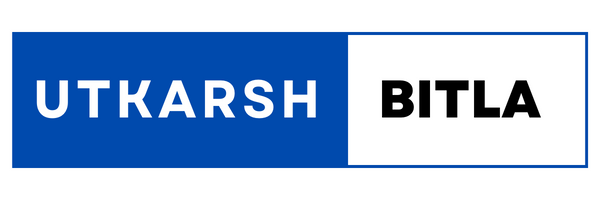The Earth's ozone
layer, a crucial protective shield in the stratosphere, has been a subject of
concern due to its depletion. The ozone layer has suffered severe harm as a
result of toxic compounds like chlorofluorocarbons (CFCs) being released into
the atmosphere. However, the international community has made incredible
strides in restoring this crucial layer of our environment because of widespread
knowledge and unifying action. This blog will examine the history of ozone
layer destruction and the contributions made by many countries to its recovery
process, highlighting important occasions, dates, and pertinent information.
Discovery
of Ozone Layer Depletion (1970s)
Scientists first became
aware of the ozone layer's worrying loss in the 1970s, particularly over
Antarctica. They discovered that the main causes of this occurrence were CFCs,
which are frequently used in aerosol cans, refrigeration, and industrial activities.
Montreal
Protocol (September 16, 1987)
The international
community joined together and signed the Montreal Protocol on Substances that
Deplete the Ozone Layer after realising the gravity of the problem. This
historic agreement sought to gradually phase down ozone-depleting substance
(ODS) manufacturing and consumption on a global scale.
Early
Efforts by Nations
A number of countries
took the initiative to reduce the production and use of ODS, making a
significant contribution to the ozone layer's recovery. Here are a few
noteworthy instances:
Sweden
(1988)
Sweden was one of the
first nations to completely ban the use of CFCs in aerosol products.
Norway
(1989)
Norway implemented
regulations to reduce ODS emissions from industrial processes and initiated
public awareness campaigns.
United
States (1990)
The U.S. passed the
Clean Air Act Amendments, targeting the reduction of ODS, and implemented
comprehensive regulations.
Scientific
Findings on Ozone Layer Recovery
Through monitoring and
research, scientists observed encouraging signs of the ozone layer's healing.
Notable findings include:
1987-2000
Studies showed a
decrease in the atmospheric concentrations of ODS, indicating a declining
impact on the ozone layer.
2000-2010
The first signs of
ozone layer recovery were observed, with a reduction in the size and severity
of the ozone hole over Antarctica.
2018
A UN-led scientific
assessment confirmed that the ozone layer was healing and projected a
significant recovery by mid-century.
Global
Commitments and Milestones
The healing journey of
the ozone layer has been marked by key global commitments and milestones:
1990-2010
Phasing
out ODS
Several nations
committed to phasing out the production and consumption of ODS by adopting
stricter regulations.
2009
Copenhagen
Amendments
The Copenhagen
Amendments to the Montreal Protocol aimed to accelerate the phase-out schedule
and address additional ODS.
2016
Kigali
Amendment
The Kigali Amendment
expanded the Montreal Protocol to include hydrofluorocarbons (HFCs), potent
greenhouse gases used as ODS replacements, thereby furthering the fight against
climate change.
Contributions
by Nations
Many countries have
made significant contributions to restoring the ozone layer, putting
legislation into place, and lowering ODS emissions. These contributions deserve
special mention:
Australia
Australia had stopped
making CFCs in 1989 and had started programmes to recover and get rid of its
stockpiles.
Germany
Germany put in place
thorough measures to phase out ODS, which significantly reduced emissions.
China
By enacting stringent
rules, promoting alternatives, and offering developing countries technical
assistance, China was able to successfully lower the consumption of ODS.
India
India took serious
action, completely banning the production of CFCs among other things, which
significantly reduced ODS emissions.
The ozone layer's recovery
process is evidence of global cooperation and group effort. Nations have made
tremendous progress towards phasing out ozone-depleting compounds and enabling
the ozone layer to rebound thanks to the Montreal Protocol and its subsequent
revisions. Even though difficulties still exist, it is essential to remain
dedicated and work together to maintain a safe and sustainable environment for
future generations. Let's rejoice in the accomplishments thus far and reaffirm
our commitment to safeguarding the ozone layer and the Earth as a whole.




